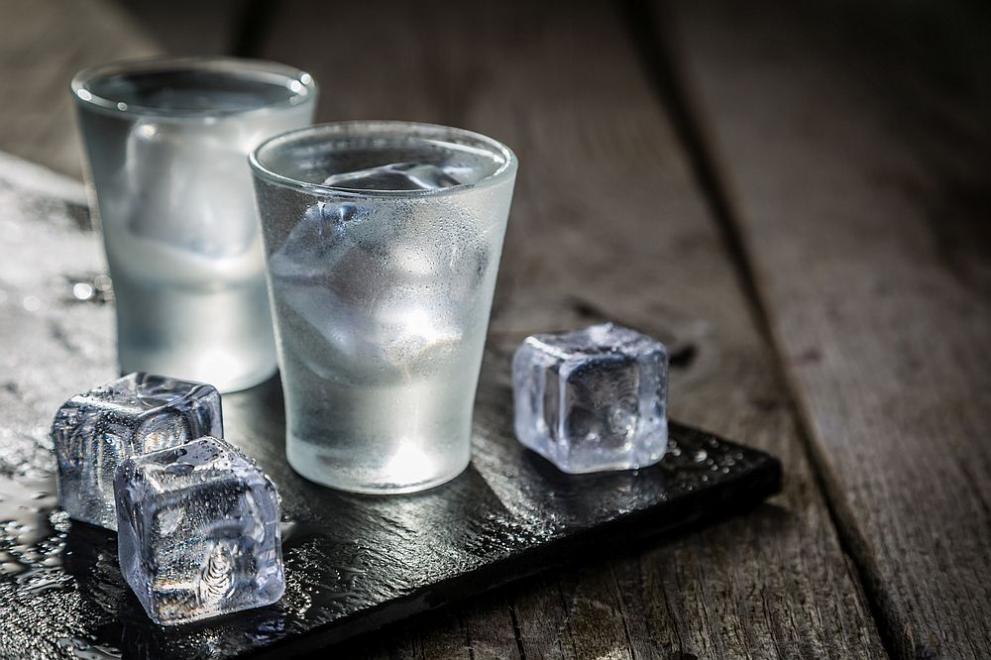Vodka was first mentioned in Polish and Russian recipes in the 1930s. Since then, it has been another subject of dispute between the two countries, Deutsche Welle writes. Who produced it first?
The competition between Poland and Russia is centuries old, including in the fields of architecture and gastronomy. Particularly irritating to Poles is the widespread belief that vodka originates in Russia. “Vodka is made in Poland, not Russia.
It is our DNA “, emphasizes Andrzej Shumowski from the Association of Polish Vodka Producers, which is a sponsor of the first Museum of Vodka in Poland, opened in 2018 in Warsaw.
The technology was developed in the Middle East
Agnieszka Rinetska, who is a tour guide at the museum, points out from the very beginning that she could not answer the most important question: “Even today, there are discussions about who was the first to produce vodka,” she admits. But Poland has good arguments in its favor. “Distillation technology comes from the West – it travels first through Poland and from there to Russia.”
The distillation technology, called alembic, was actually developed by Arab scientists. They produce the high-alcohol liquid initially for medical purposes. And it is not known at all when these distillates spread to the East.
The word “vodka” is first mentioned in documents in Poland in 1405. But then there is another meaning – not an alcoholic beverage, but a puddle or pond. The first Polish and Russian vodka recipes date back to 1530, in which strange distillates – including, for example, crushed snail shells, gold leaves or virgin hair – were mixed with water to turn into medicinal tinctures, Neue said. Zürcher Zeitung “.
A drink for the elite
Vodka became as we know it today, only in the 17th-18th century, when the presence of enough rye, oats, barley and potatoes in Eastern Europe was the reason why these products were preferred as raw materials. Unlike today, then only the elite could afford expensive alcohol. A Polish worker earned half a zloty a day, and a 4-liter bottle of vodka cost 14 zlotys. At the same time, the culture of drinking developed – through toasts the nobles testified their loyalty to the homeland, to the king, etc. Vodka became an increasingly popular drink of the soldiers as well – as a consolation, encouragement and a means of healing wounds at the same time. Poland began exporting its vodka to half of Europe.
In the 19th century, technological advances facilitated industrial production. The so-called “Pistorius plate” allows to increase efficiency.
To this day, vodka is produced in three steps – first boiled, then fermented and finally distilled. This results in the “colorless, tasteless and odorless product” that vodka describes according to the official definition. The great powers that divide Poland organize the production of vodka on their territories. In Russia, the vodka monopoly is becoming one of the main sources of government revenue.
The production of vodka did not stop even during the wars
The Vodka Museum in Warsaw is housed in a building built by the occupiers in 1897. The vodka produced in it was also used as a supplement to the payment of Russian soldiers. When they had to withdraw in 1915, they poured ten million liters of vodka on the streets so as not to leave it to the enemy.
In the time between the two world wars, vodka flourished again in independent Poland, and in the crisis years the black market flourished. Production did not cease even during the German occupation.
When the communists nationalized the factory in 1947, Viborova vodka produced there became one of the most important expert products. The exhibition presents some of the star’s moments of the drink – such as how “Viborova” was served on the first flight of “Concord” or how “Rolling Stones” ordered a whole car full of it for their tour in Poland in 1967. Even if it’s more of a legend, the story sounds good.
Sweden produces the most vodka and consumes the most in Russia
The statement of the museum that today Poland was the most important producer of vodka in the EU is also without confirmation, the NCC notes. In 2019, it was ranked fourth in the world after Sweden, France and Russia. The industry definitely suffers from foreign competition, admit the association of producers. And there is a separation: since 2013 “Polish vodka” is a product with a protected designation of origin, which should be produced only from local raw materials and the first two production steps must be carried out in the country. But the popular Zubrovka does not adhere to these requirements. Many producers buy raw materials abroad cheaply.
However, the popularity of vodka in Poland is unchanged – with all the accompanying social and health problems. In 2019, alcohol consumption in the country reached a new record in the post-communist era. To combat rising consumption among young people, authorities have increased excise taxes.
But only one country continues to outperform Poland in drinking hard alcohol in the form of a shot: Russia’s eternal rival.









